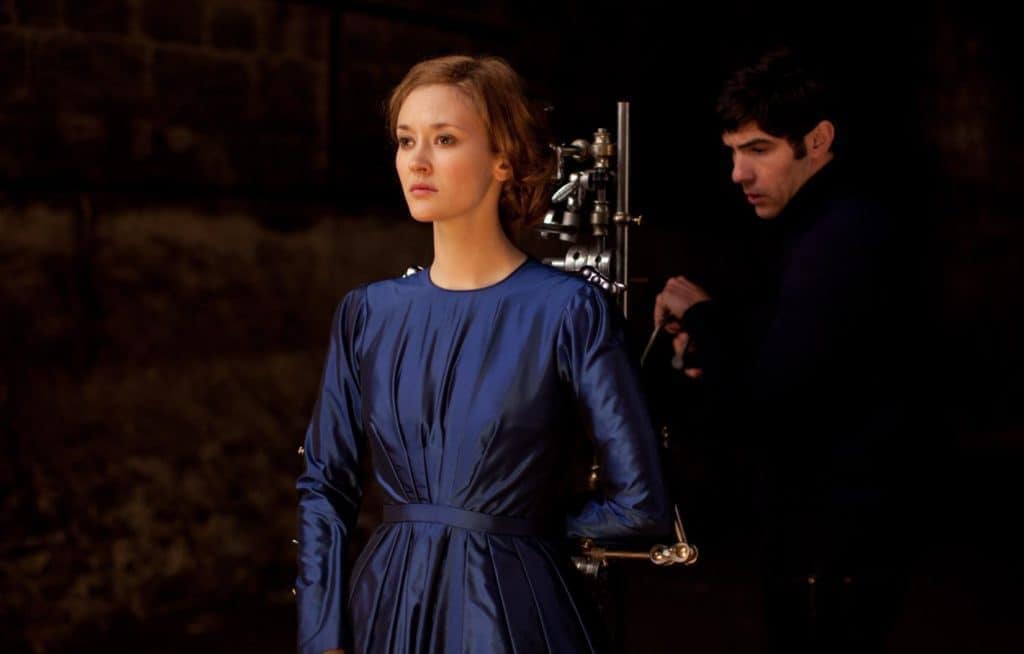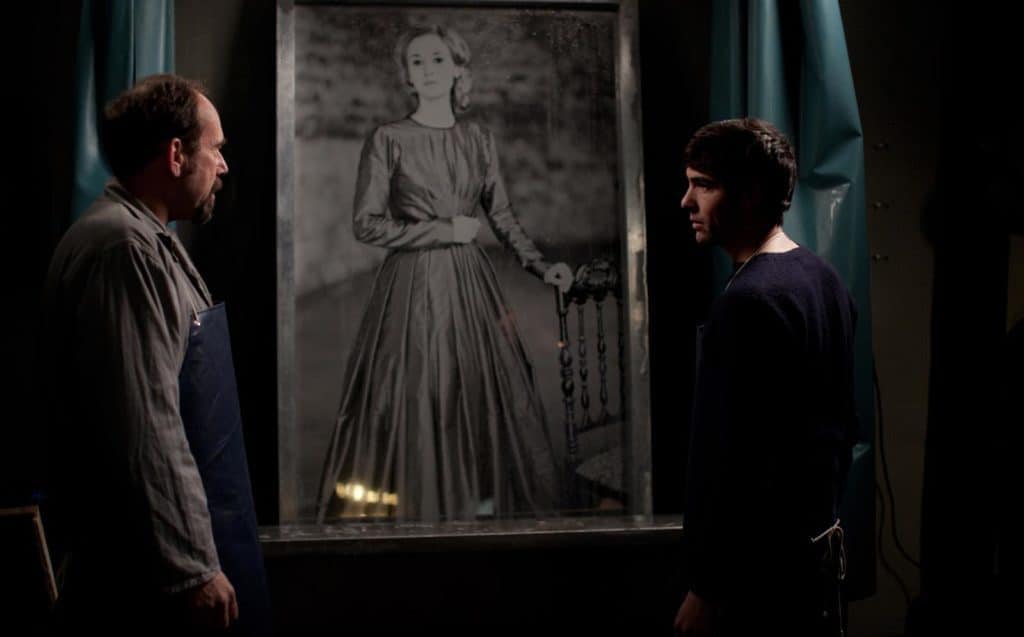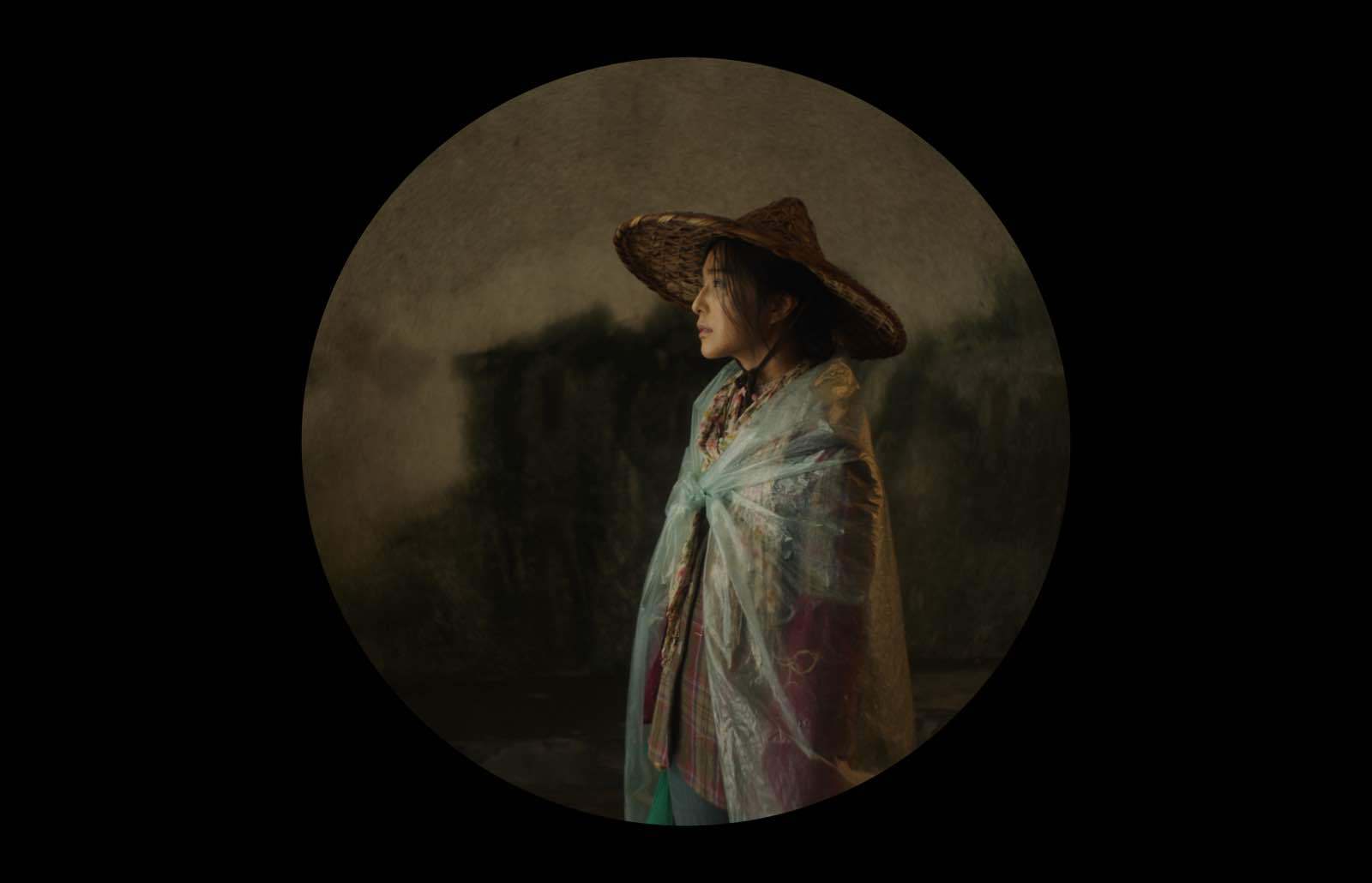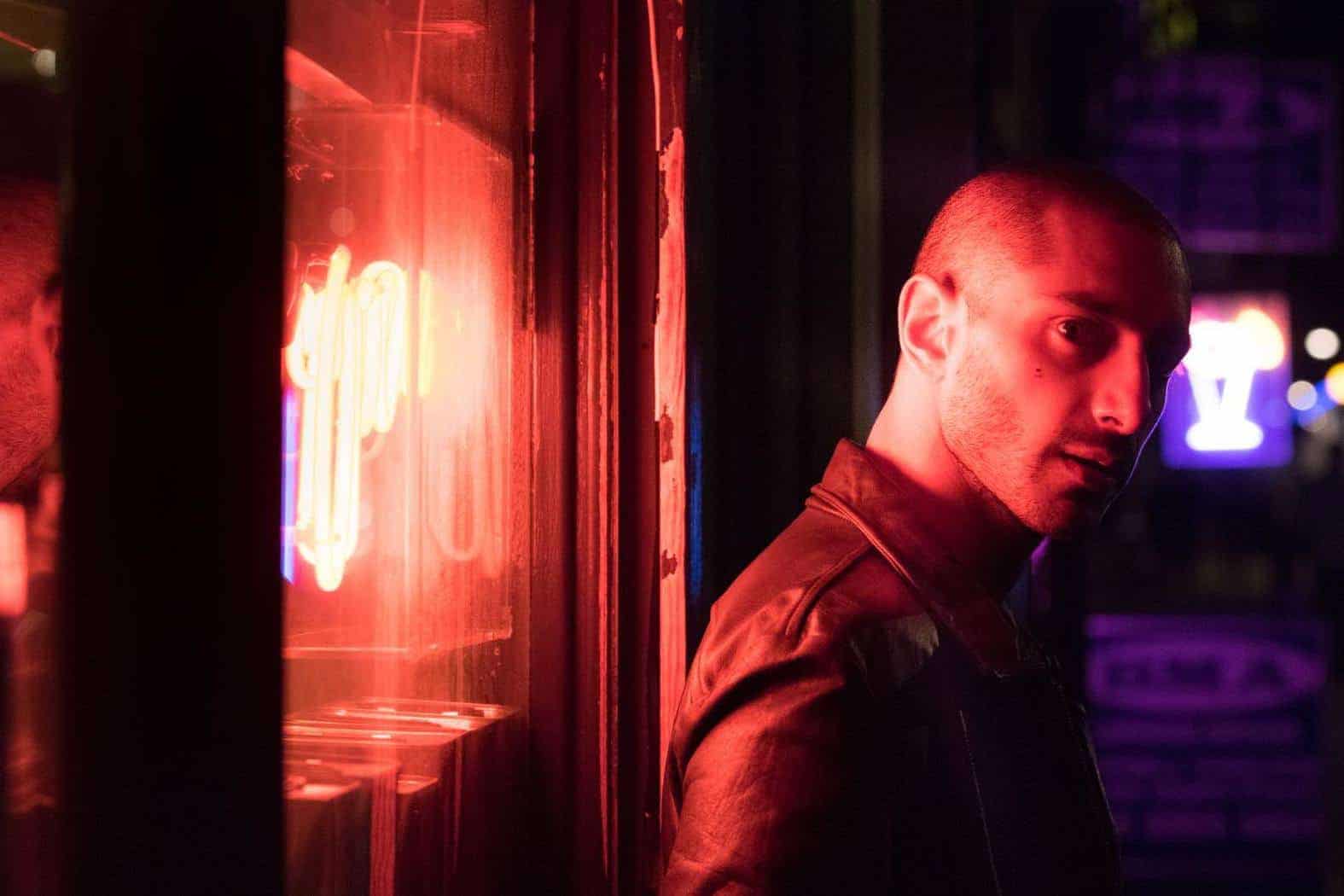Kioyshi Kurosawa’s latest eerie offering, Daguerrotype, is a well-crafted aesthetic effort with little actual resonance screening in the TIFF Platform competition.

For photographer Stéphane (Olivier Gourmet), true art doesn’t mean capturing the soul, but stitching it back into the fabric of the past. Yet the source of his fascination remains opaque, and Daguerrotype, writer-director Kiyoshi Kurosawa’s latest eerie offering, suffers for it. Stéphane exclusively replicates 19th-century daguerrotypes rather than creating his own images. In service of his obsession with this archaic technique, he’s sacrificing the vitality of his only model — his daughter, Marie (Constance Rousseau), whom he immobilises for lengthy pose times of an hour or more. Stéphane’s new assistant, Jean (Tahar Rahim), is a shiftless youth plucked from a pile of applicants because he has no photographic experience whatsoever — and thus, presumably, won’t “contaminate” Stéphane’s historically accurate process.
Marie longs to leave her father’s mouldering suburban mansion, but feels unable to depart because Stéphane is still haunted by the death of his first model: his wife, Denise, whom he also subjected to his daguerrotype mania. Indeed, Stéphane poses Marie in the same Victorian gown in which he photographed Denise. He’ll return to fashion photography, Stéphane insists, when he’s gotten what he needs out of historical recreations. We sense that this moment will never come, but Kurosawa gives us no inkling of what Stéphane is seeking.
It’s suggested that Stéphane’s obsession with the daguerrotype process killed his wife and may be killing his daughter. Some heavy-handed symbolism about photographic chemicals poisoning plants in Marie’s treasured greenhouse points in this direction. Stéphane insists that he’s given Denise and Marie immortality through his daguerrotypes, and the two women certainly seem uncomfortably present — as voices, visions, and creaking doors. Are they ghosts, or is Stéphane crazy, and is his crazy infecting his assistant Jean? We’re not sure, but we are hard-pressed to care.

Kiyoshi often places the action at the borders of each frame, creating an aura of trepidation in even the film’s most banal moments. Characters are positioned at the outskirts of the frame, or even leave it entirely to return moments later. Within the film, mirrors and windows have unusual prominence — Kurosawa may push a character to the very edge of the frame to keep a standing mirror in view, even when it reflects nothing in particular. When something uncanny does occur, Kiyoshi holds the camera for long moments on the observing character’s wide-eyed face before finally cutting to whatever has captured their attention. We’re constantly wondering what’s happening beyond our sight, or straining to figure out why a reflection deserves equal billing to Stéphane or Jean in our field of vision. By giving us time to question what we’re seeing, Kiyoshi keeps back what should make us fearful and winds up the dread.
Though the film is suffused with vague unease, Kurosawa never offers us a source for that fear, or links these strange happenings together. Good horror must resist the temptation to explain everything to death, but Daguerrotype swings too far in the opposite direction: Kurosawa simply doesn’t offer us enough information to draw any conclusions. Characters’ motivations remain either shadowed or shallow, and Kurosawa maintains a chilly distance from our three shifty protagonists, so we never engage with their struggles. After a drawn-out atmospheric build, the plot makes some hairpin turns before an abrupt ending that addresses few of the questions raised by its premise. The result is a well-crafted aesthetic effort with little actual resonance.

